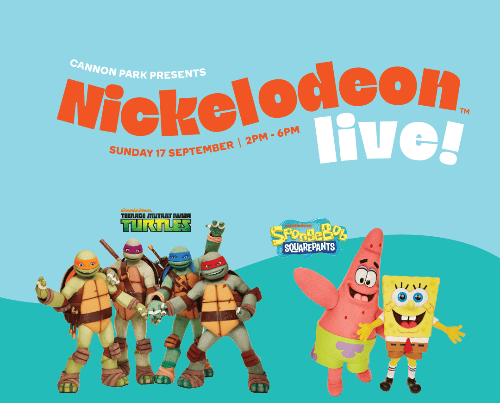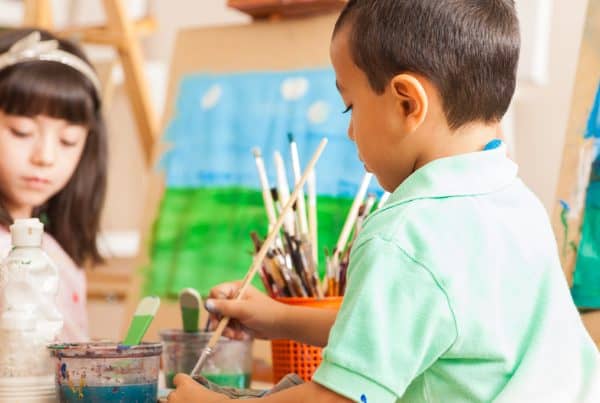Want to help grow a ‘solution finder’ in your household? STEAM activities are perfect for using learners’ critical thinking abilities. They help them develop problem solving skills to last throughout life.
Teaching critical thinking simply means that children are being taught to really think instead of memorising actions and facts. STEAM education focuses on real-word, hands-on learning. In doing this, it helps develop skills for solving problems. It teaches critical thinking by encouraging the use of different knowledge and approaches. Often, this is through the process of trial and error. Most importantly, these skills are not only useful for careers, but everyday life too.
Good critical thinking encourages a child’s curiosity and motivates them to ask “why”, “how” and “what”, all essential for critical thinking and future problem solving. It’s about not taking things at face value, but using curiosity to look further into all sides of an issue. An in-depth look into an issue means you can make a better judgement on it, resulting in a better solution. The more ‘outside of the box’ thinking that is done then the more connections are made and ideas created. Using a variety of skills and knowledge for problem solving means children are more likely to test their own limits in a healthy way. At the same time they are also more likely to use this way of thinking for a better creative approach.
Both critical thinking and being creative lead to great innovation skills. Innovative thinkers are the people who challenge standards and help change the world, which makes it a very important thing! Imagine how different our lives would be without all the inventions, new products and processes that have been made to make our lives easier. STEAM activities encourage independent thought. They inspire your children to grow up and become an ‘Ideas-Person’ … a critical thinker!
Resources to Inspire and Educate
The Jame Dyson Foundation Challenge Cards The challenge cards are perfect for getting kids to think hard, be creative and have fun. By using unique challenges like making a functional chair out of cardboard, they create a whole new way of learning. This is done by hands-on, competitive activities. Made to get young minds excited about engineering, they help children develop a basic level of understanding around structures and how they work. You can use the cards both at home or in the classroom.
Little Bins for Little Hands This website uses both simple science and fun to engage children in STEM education. It includes 100 activities, from science experiments to small building projects. The goal is to help children learn about basic science and structures. You don’t need fancy equipment or difficult activities that cause confusion – just curiosity and basic supplies!
Wabisabi Learning – 36 Resources for STEM Project-Based Learning Activities Discover 36 resources for project-based learning, broken down into each STEM subject. These can be adjusted for different age groups. They will have kids broadening their ideas and using critical thinking. They allow children to learn in an enjoyable way while also helping them to understand how the STEM subjects can be used in the ‘real world’.






